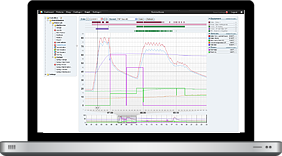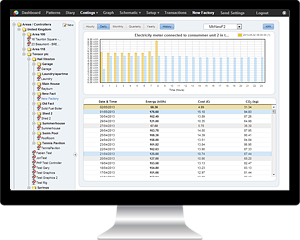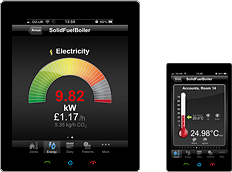Ofgem sheds some light on price differences between payment methods
Energy regulator Ofgem has decided to provide a more in-depth look at the price differences between payment methods and released an extensive analysis paper on the topic.
According to rules introduced by Ofgem back in 2009, suppliers are allowed to charge different prices for different payment methods, but only if the amount reflects the cost of providing those accounts.
The analysis paper published by Ofgem revealed that customers who use prepayment meters are now charged around £80 a year more on average compared with direct debit customers for dual fuel, a significant fall as the difference was almost £140 in 2009.
The specific ways in which suppliers allocate costs of different payment methods is complex and any changes will impact consumers in different ways. For example, spreading costs across all customers would likely benefit quarterly payment and prepayment customers. However, the majority of consumers pay by direct debit (including half of all fuel-poor households) so any change would mean these consumers would pay more.
Since the start of April, Ofgem has required suppliers to start telling consumers what their cheapest deals are, on all bills and other communications. This means it will be far clearer for consumers to see if they can save money by changing their payment method. These rules also make it much easier for consumers to compare other deals on offer. They could save up to £200 by switching and Ofgem advises them to regularly check they are on the best deal for them.
Rachel Fletcher, Senior Partner for Markets said: “We have found that price differences between payment methods reflect the costs suppliers face, and that they have dropped significantly since Ofgem introduced the rules.
“However, to help re-build trust suppliers must do more to explain to their customers and interested stakeholders about what drives these price differences. Given public concern over these differences we also urge suppliers to also look at how they can provide more reassurance to consumers that they are set fairly. And now that our reforms are in place giving consumers clearer information on bills and other communications, suppliers should be working to explain where consumers could make savings by switching payment method, where possible.”






